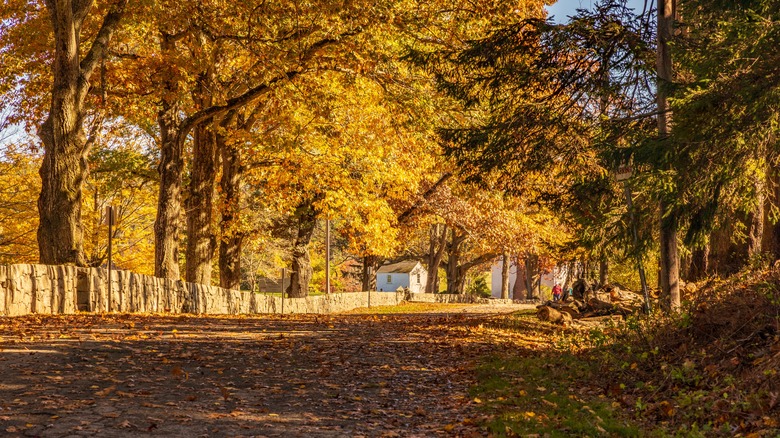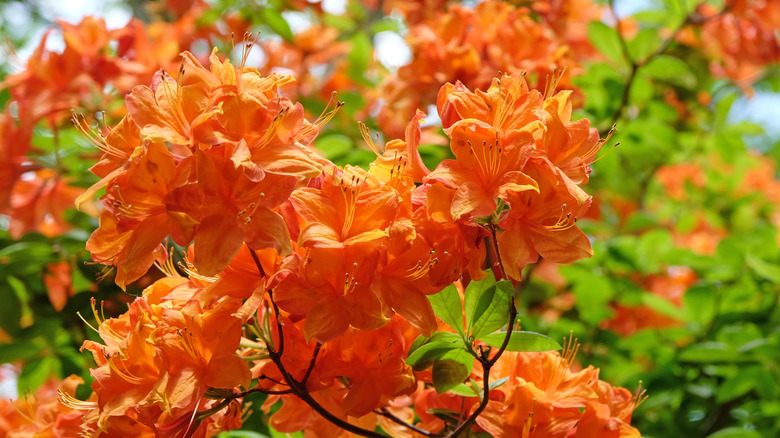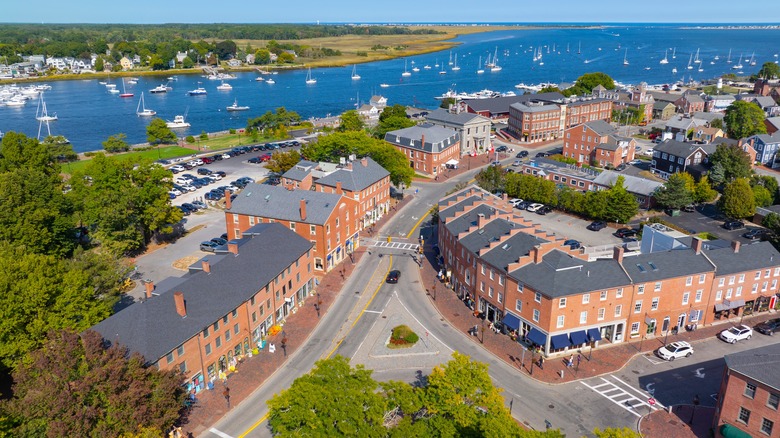“Sing soft, sing low, our lowland river, Under thy banks of Laurel-bloom,” wrote poet John Greenleaf Whittier about the laurel-laden banks of the Merrimack River in 1865. The poetry in the landscape — championed at a famous annual literary festival on the riverbank from 1849 to 1870 — also attracted the Mosley family, who began buying up land five years prior to protect it. By 1910, a 72-room mansion and extensive gardens, named Maudslay, formed the heart of the a 450-acre property. These salad days were short, however, and by 1955, the building was gone, and its more demure, mid-century replacement burned in 1978. The landscape, however, continues to thrive, and now rolls out the floral carpet for the public as Maudslay State Park in Newburyport, a wildly underrated, coastal Massachusetts city with a walkable, charming downtown.
The public makes good use of it, too — hiking, biking, skiing, snowshoeing and horseback riding on 16 miles of trails. These pass through a number of natural highlights, including an azalea swamp, rhododendron dell, Italian and rose gardens, beech and pine groves, flowering pond, and one of the largest stands of naturally-occurring mountain laurel in Massachusetts. In summer, the park turns up the education and entertainment with regular guided strolls, kids’ programs, and a concert series at the Maudslay Arts Center, on the park grounds. Leveling up the summer fun is Theater in the Open, staging free plays and leading theater arts workshops with a youth focus.
The Mosley landscape
The Mosley heyday — along with most of its buildings — may be long gone, but the family’s fingerprints remain clear to see throughout Maudslay State Park. This starts with the few remains of the 30 structures that once stood on the estate. For some, such as the mansion, only the building foundations remain. Others exist in fragments, such as root cellar, and a few are still largely intact, including the entrance gate and coachman’s house. But the still-visible star of this gilded world is the formal Italian and rose gardens, embraced by restored brick walls and an iron gate. Thanks to an endowment and the hard work of volunteers, the flowers the Mosley’s planted still scent the air and beautify the vision.
Indeed, on the natural side, both wild and cultivated flowers throughout the park are a major draw, and the timing of any visit changes the color palette, from the purple crocuses and yellow daffodils of March to the pink dogwood and white wisteria of May, and the blue irises and flame azaleas of high summer. In fall, the flowers make way for the foliage, which provides the botanical grand finale before the white of winter takes over. The taller woodlands that gird the hiking trails are shared by ample wildlife, too, notably eagles, owls, and hawks. But perhaps none are happier than the tongue-hanging, tail-wagging dogs, who are welcome at Maudslay State Park.




